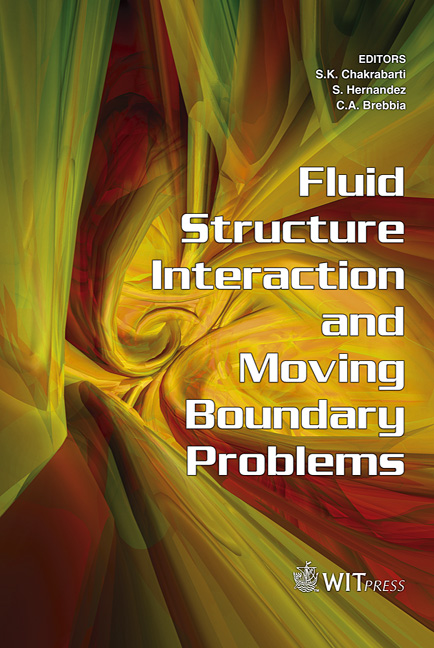Estimating Time-averaged Turbulent Fluid Forces From An Ensemble-averaged Flow Field For Engineering Applications
Price
Free (open access)
Transaction
Volume
84
Pages
8
Published
2005
Size
457 kb
Paper DOI
10.2495/FSI050301
Copyright
WIT Press
Author(s)
T. H. Yip, Q. D. Zhang, E. H. Ong & C. K. Tan
Abstract
Solid structures are subjected to mechanical forces imposed upon them by a moving fluid. If the flow is turbulent, the mechanical forces would fluctuate randomly with time. For engineering applications, the statistical approach is normally preferred whenever turbulent flows are encountered. As a consequence, the measured or numerically computed flow fields are ensemble-averaged. The objective of this investigation is to develop an engineering methodology to estimate these mechanical forces from the ensemble-averaged flow field. Special attention would be paid to those forces that contribute to mechanical vibrations of the solid structures. In our study of airflow induced vibrations on the working parts of computer hard disk drives, the turbulent flow fields of an actual 2.5-inch computer hard drive had been measured in-situ. From the ensemble-averaged flow field, various types of mechanical forces like pressure, shear (drag) forces and vortex (lift) forces could be obtained. By neglecting the constant forces, we focused our attention on the ensemble averaged fluctuating velocity-vorticity interactions. The consequence of the interaction is the production of ensemble-averaged fluctuating vortex forces that act on the actuator. The fluctuating components of vortex forces can be calculated from the gradients of Reynolds shear stresses measured directly from the flow field experimentally. The magnitudes of fluctuating vortex forces increases dramatically with the disk rotational speed, which matches the behaviour of positional error signals (PES) measured in-situ from an actual operating hard disk drive. The corresponding increase in PES and fluctuating vortex forces with disk rotational speed suggested that flow induced vibration in the hard disk drive may be due to an increase in flow turbulence in the hard disk drive. Some suggestion on flow turbulence identification and attenuation are discussed. Keywords: 10,000 rpm, hard disk drive, Reynolds shear stress, flow induced vibration.
Keywords
10,000 rpm, hard disk drive, Reynolds shear stress, flow induced vibration.





